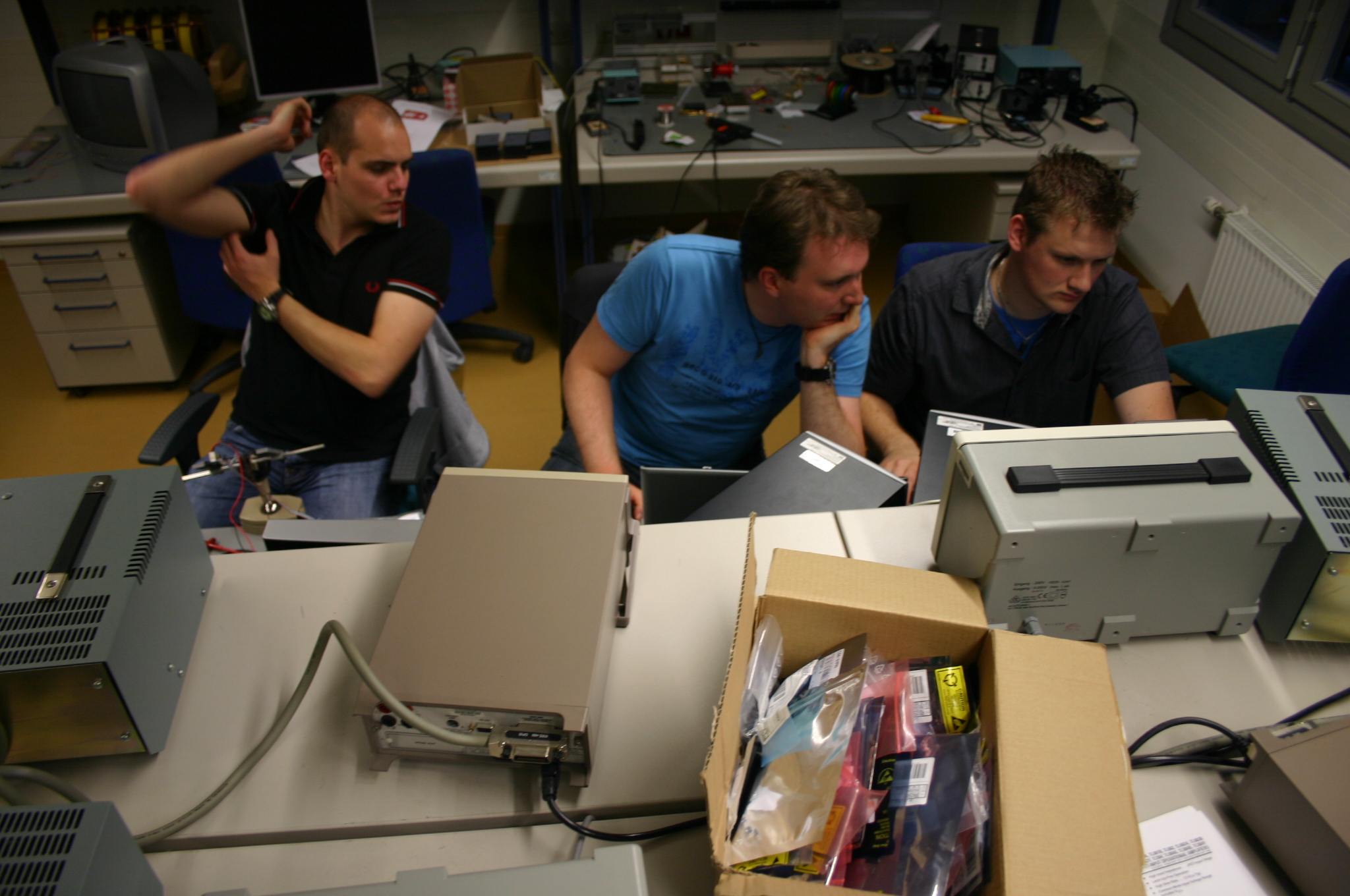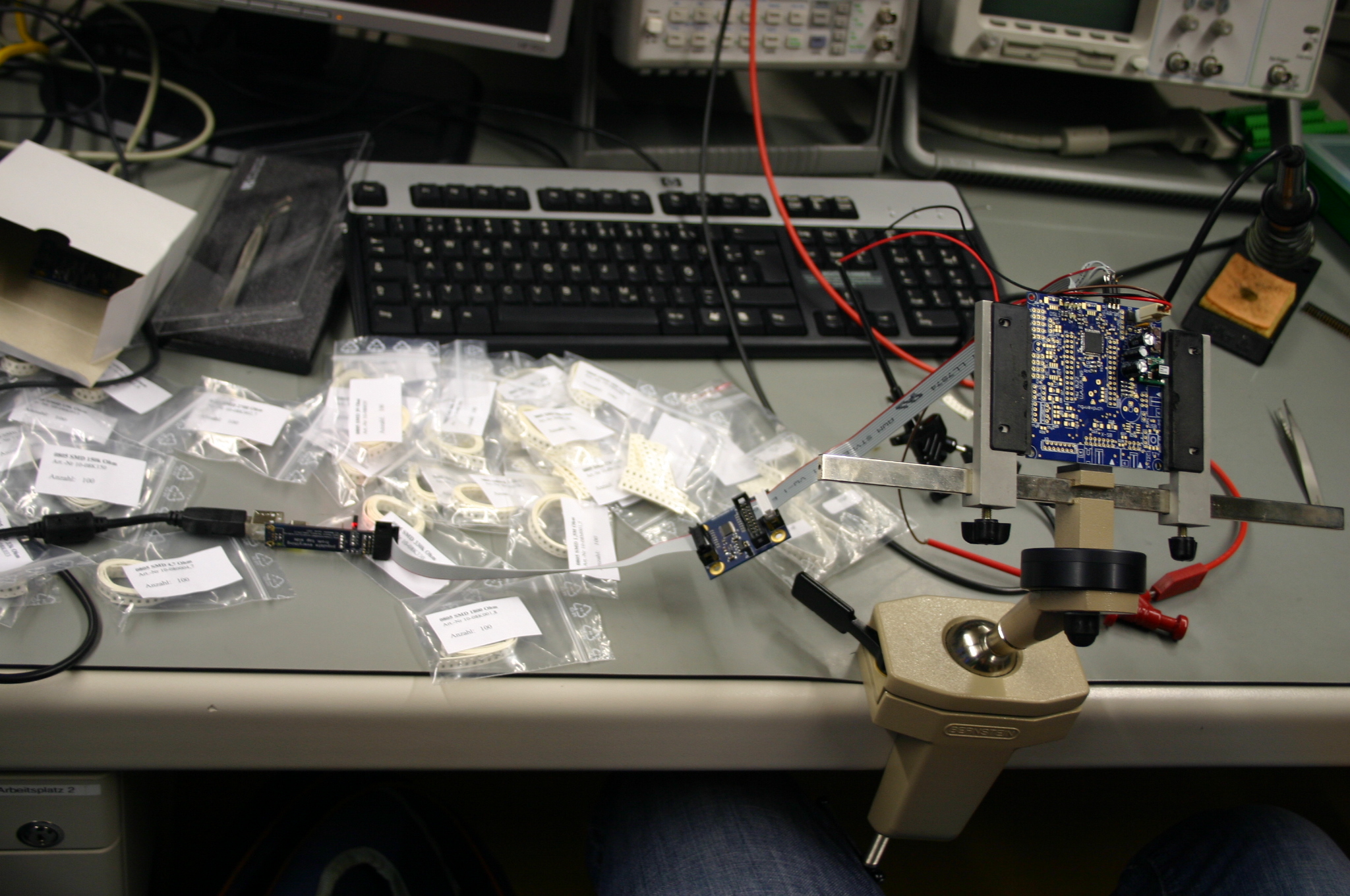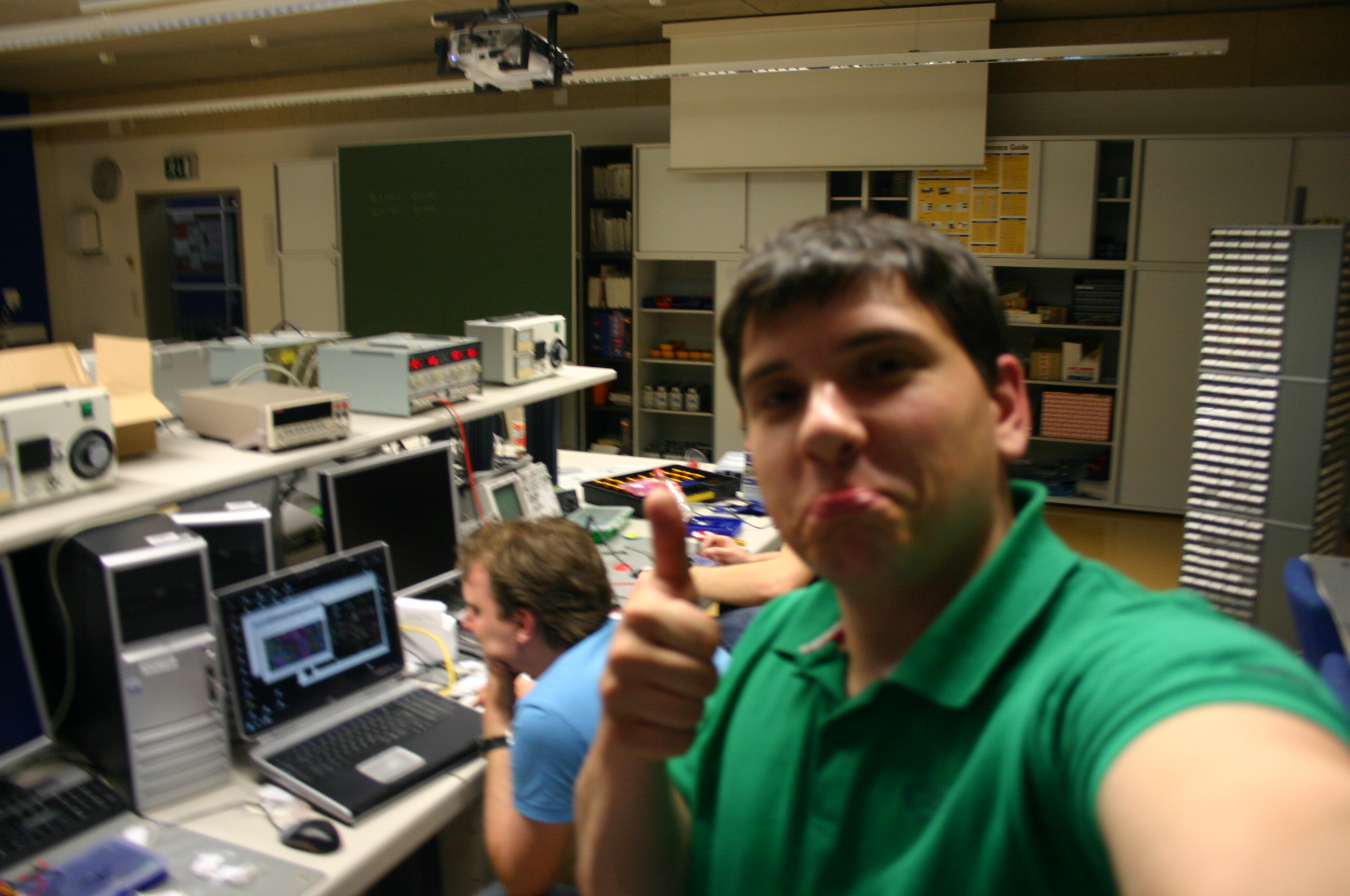Yesterday a student from another study course asked me if I can help him to get Nagios with NDO support and NagVis up and running. The main focus of his study course are Network Technologies but for some reason nobody could help him, hmm lol. So I did the job :-), once more. Nagios is the swiss army knife among the IT infrastructure monitoring systems. It follows the OpenSource Way of life, which promises a big community, a lot of contents concerning problems which could arise , in one word – getting the system up an running should not be a big deal. I thought…..
Linux seems to be a dark horse @Net….who would have thought it? So….first we started with a short overview about Linux distros, and the essential stuff you should know about. Original he came up with SUSE, so first we did a s\SUSE\Ubuntu. The Lucid release should suit his needs. The students plan was to compile everything from scratch, humpf, after introducing him into synaptics and the build- in-search-function we decided to give the precompiled stuff a try.
It turns out that all needed packages are in universe. Some clicks later we had installed Nagios, MySQL and the Mysql-NDO Module.
After configuring the nagios.cfg and the database accountings/schema we got the core up and running.
The next step would be to get ndo2db up. Nd02DB acts as a persistence layer for storing Nagios events and configuration data in the database. The DB is the interface between Nagios and Nagvis. To get your data to the DB you have to run ndo2db in daemon mode and provide the ndomod.o for loading.
The Nagios How To speaks about ..
broker_module=/usr/local/nagios/ndo/ndomod.o config_file=/usr/local/nagios/etc/ndomod.cfg
For at least ubuntu you have to change it to….
broker_module= /usr/lib/ndoutils/ndomod-mysql-3x.o config_file=/etc/nagios/ndomod.cfg
Don’t forget to alter the ndomod.cfg.
Check that:
We run into the problem that first we could not start the nd02db daemon. The problem was a combination between access rights to the *.o module and an sytax error in the ndomod.cfg file.
After resolving it we were able to start the ng2db daemon and after that Nagios with the ndomod-mysql-3x. 🙂
Next step was to bring NagVis online. Since NagVis GUI is written in PHP you have to make sure you have all essential PHP stuff installed. Check you configuration
/etc/nagvis/nagvis.ini.php) for the DB schema name/credentials.
If you encounter problems to reach NagVis via HTTP: Make sure you have included the /etc/nagvis/apache.conf in your apache conf.d folder.
NagVis uses basic authentication, so first you have to login to Nagios and then you could try to call ../nagios/nagvis.
Have fun.






























